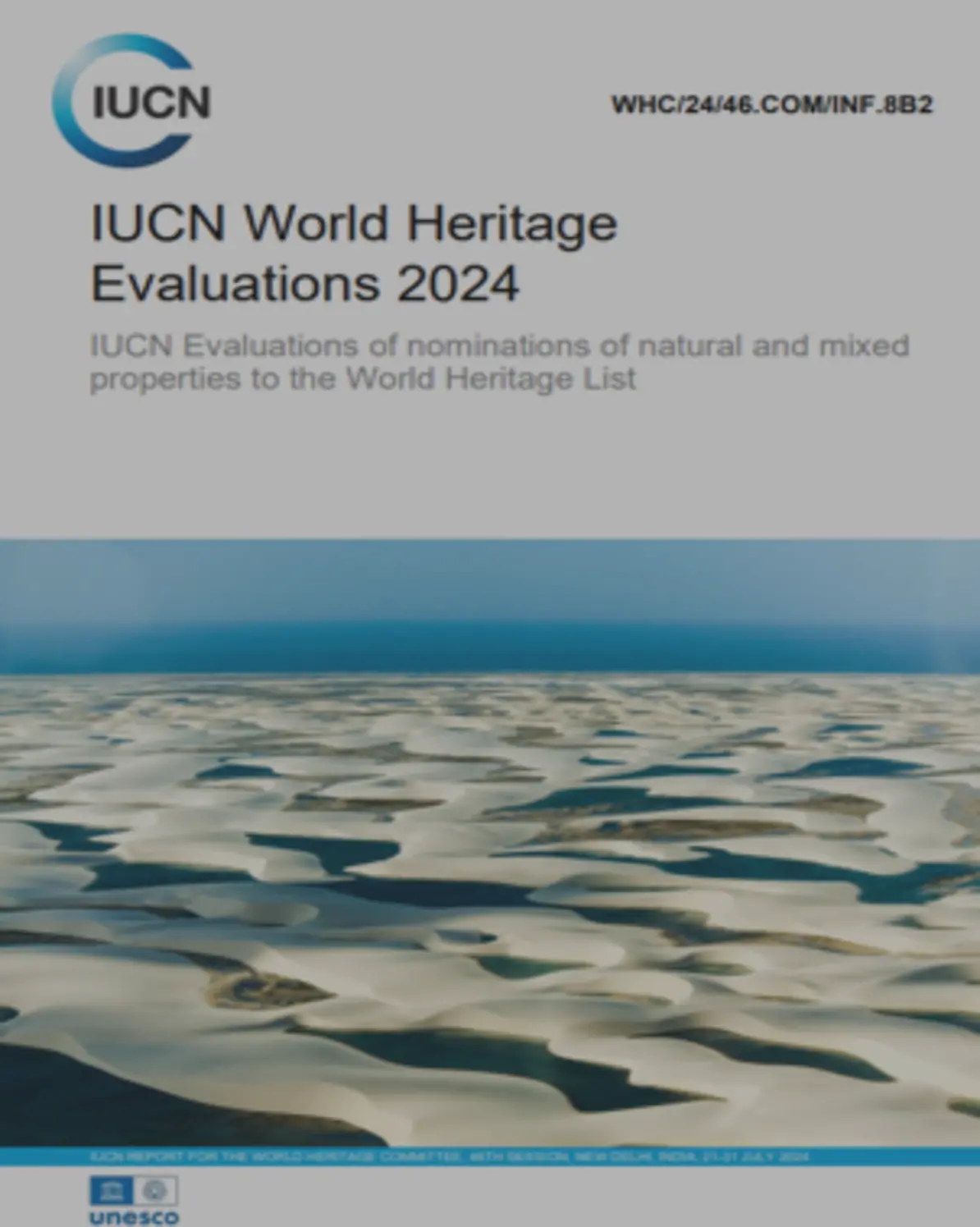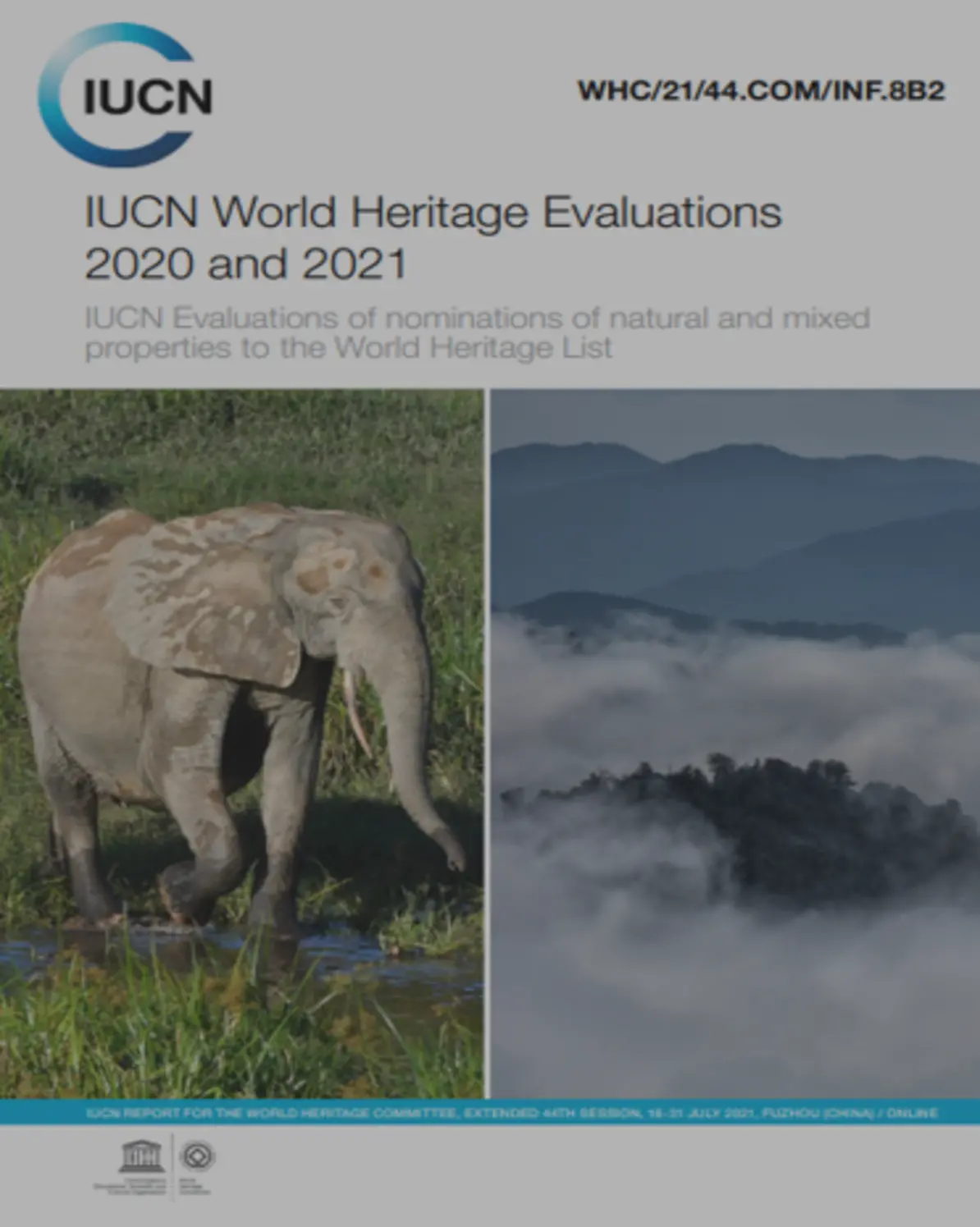Proposed nominations for 2024
For the 2023-2024 cycle, IUCN has evaluated the below nominations and prepared its recommendation for the World Heritage Committee, which will take the final decisions at its 46th session in New Delhi, India (21-31 July 2024):
- Brazil – Lençóis Maranhenses National Park
- Bosnia and Herzegovina – Vjetrenica Cave, Ravno
- China – Badain Jaran Desert – Towers of Sand and Lakes
- China – Migratory Bird Sanctuaries along the Coast of Yellow Sea-Bohai Gulf of China (Phase II)
- Ethiopia - Melka Kunture and Balchit Archeological and Paleontological Site
- France – Te Henua Enata - Les îles Marquises
- United Kingdom of Great Britain and Northern Ireland - The Flow Country
IUCN also provided comments to the International Council on Monuments and Sites (ICOMOS), the Advisory Body on cultural heritage, on the following Cultural Landscape nominations:
- Portugal – Levadas da Madeira
- Russian Federation – Testament of Kenozero Lake
- Saudi Arabia – The Cultural Landscape of Al-Faw Archaeological Area
- Serbia – Bač Cultural Landscape
- Thailand – The Phu Phrabat Historical Park
More information on upcoming nominations can be found on the website of the UNESCO World Heritage Centre.









